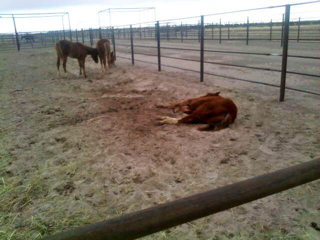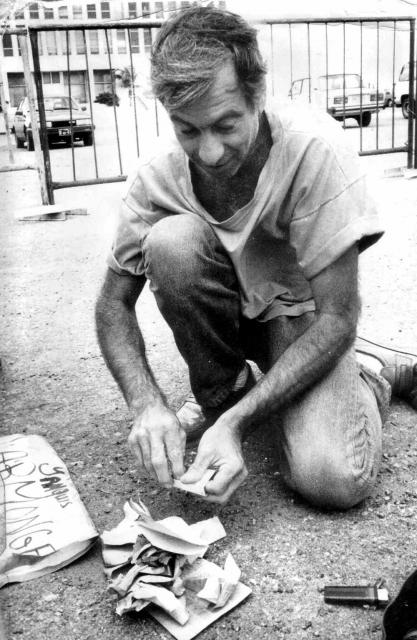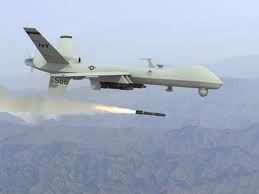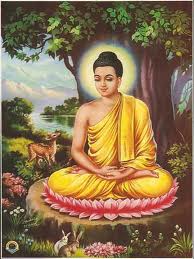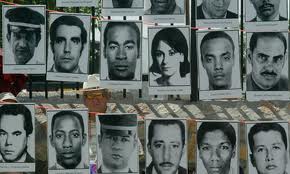Beware of Americans…Bearing Gifts
By Shaukat Qadir
I am sure everyone knows this but merely to ensure we are on the same grid, a policy has one or more aims to be achieved in a specified period and spells out how the said aims will be achieved. While I have no intention of fleshing out a policy in this article, I will merely seek to emphasise the need for one and suggest what it should be aiming at. Pakistan has been without any policy since Ayub Khan’s decline in 1964!
Let us start by looking at what every ordinary citizen of any country, including Pakistan, wants. First and foremost is security: Not just security of life and limb or security from neighbouring enemies, but also food security, water security, job security, economic security, energy security etc. The list is long, and he/she wants to live in peace, so as to have the right to ‘pursue happiness’.
If this is all what we need, do we have any of these? Quite right, we have none! Why not? Because, apart from the rampant corruption at all levels of those in authority, we are engaged in a war that is sapping all our resources! Make no mistake, this is our war; the ‘enemy within’ poses an existential threat, greater than any external power does.
But why did this war begin? Why did the once loyal Mehsud, Afridi, and Mohmand turn against us?
If we hark back in time, in 2001, the Pakistani Pashtun and all Afghans were celebrating US intervention in Afghanistan. It would liberate them from Taliban oppression. Within a year, American arrogance, their suspicion of all Afghans, their utter disregard for local customs and culture, could result in only one thing: Another Afghan freedom struggle from an oppressive foreign force. The US called it a resurgence of the Taliban and al Qaeda! In time it did become that, because the US converted a legitimate struggle for freedom from an army of occupation into ‘Taliban linked to al Qaeda.’
To return to my question — as they did when Afghans sought their freedom from the Soviet occupation, the Pakistani Pashtuns bordering Afghanistan, girded their loins to assist their Afghan brethren. This time, Pakistan did not want them to. And in 2004, we decided to kill the most outspoken of those Pashtuns, a wazir called Nek Muhammad.
His murder was the watershed. We had a rebellion on our hands because we were preventing our tribal Pashtun from assisting their Afghan brethren in their freedom struggle against an army of occupation: The Americans, of course. So all Pakistan suddenly became American, kafirs, legitimate targets for religious fanatics to kill, and we are more vulnerable and accessible for them to target. So we are faced with an existentialist threat and we die. This was the first gift we got from the US.
Without tracing all the history, where do we stand today as far as the US is concerned? Anybody, who is anybody in the US, is baying for our blood. We are traitors to them and branded American-kafirs by our enemy within. Obama now tells us that when the Navy SEALs came to get Osama, they were “in sufficient numbers and prepared to retaliate to any response by the police or Pakistan’s security forces”.
They also gifted us Raymond Davis, hundreds of him. When we agreed to give him back, it was on the condition that all other Raymonds also leave. The CIA has not forgiven us and recent drone attacks are again killing more civilians than militants. If the Raymonds can no longer stoke unrest in Pakistan, the drones can!
As far as the promised financial aid is concerned, we receive a mere trickle, each time with another threat of severance if we fail to obey our Lords and Masters in DC. Even the Coalition Support Fund (CSF), intended to compensate a small portion of the expense incurred by the military in this war that has been forced on us by the US and Musharaf’s capitulation, is long overdue by well over a billion dollars.
The US has its own litany of complaints but we have ours. Isn’t it time to file for divorce?
 Morning after in the courtyard of the Osama Bin-Ladin compound, following the US SEAL raid in Abbottabad, Pakistan
Morning after in the courtyard of the Osama Bin-Ladin compound, following the US SEAL raid in Abbottabad, Pakistan
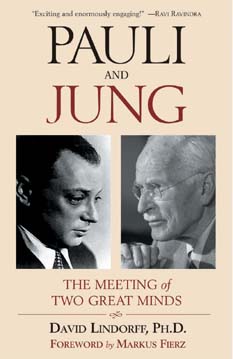 The author's book
The author's book
